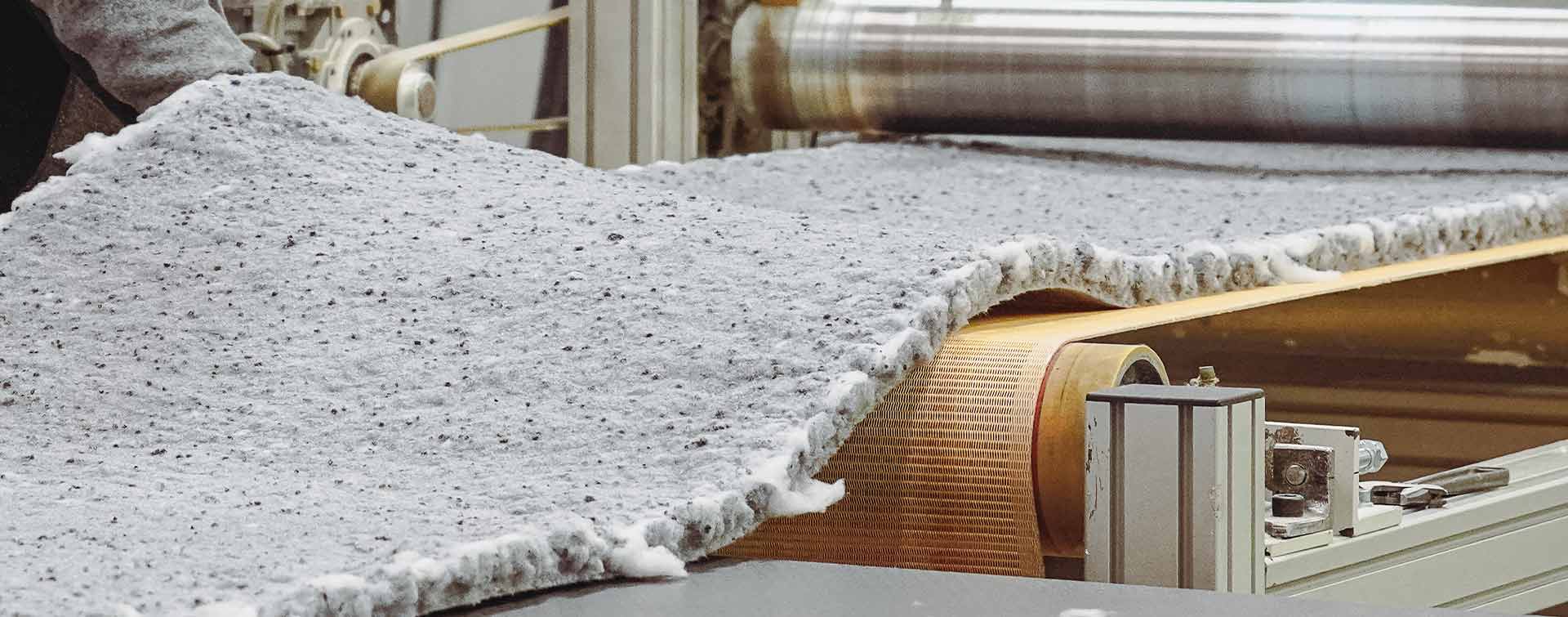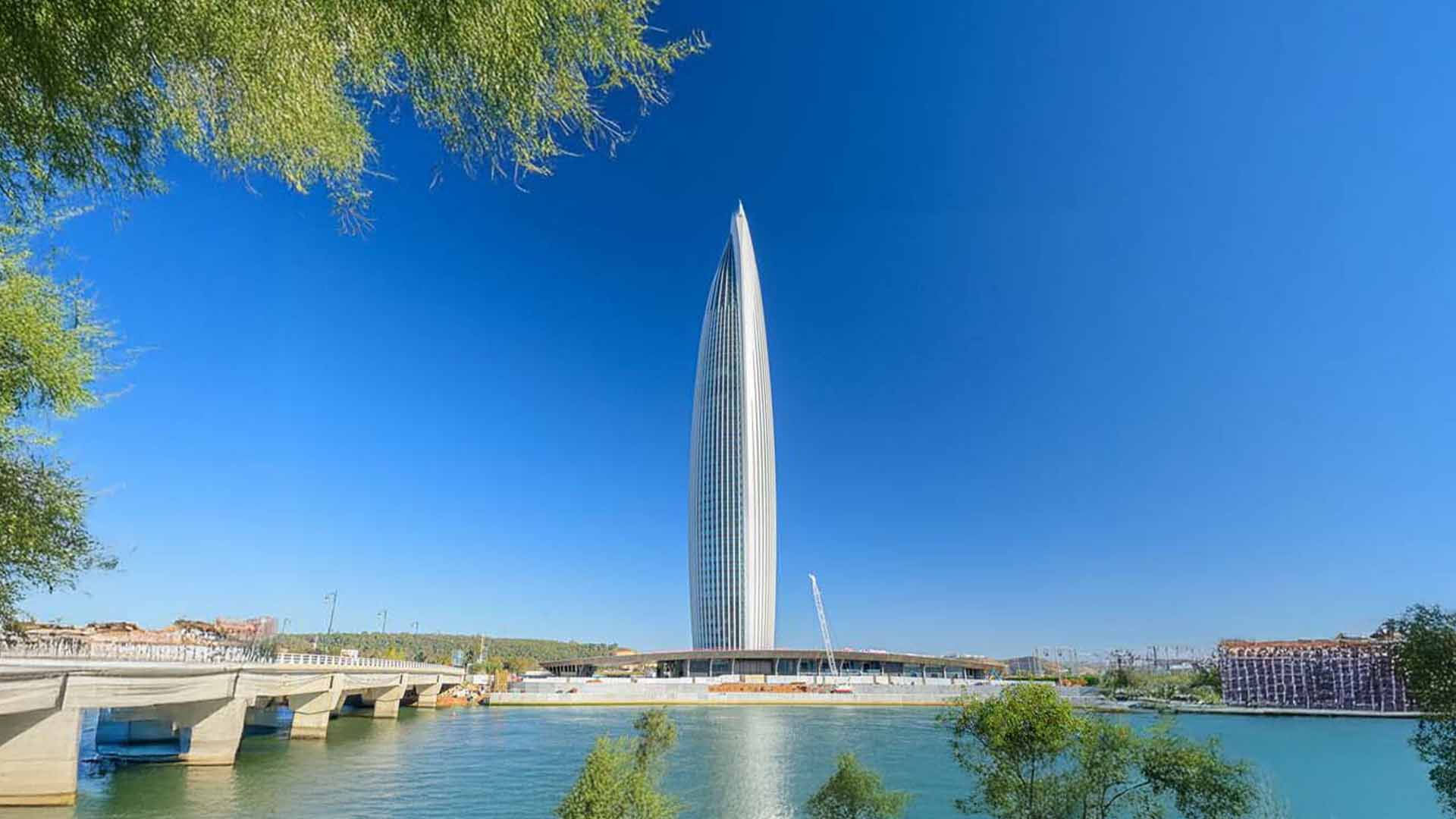 7 min
7 min

KEY LEARNING 1
Sustainable construction: greater awareness, a shared sense of urgency, and strong public support
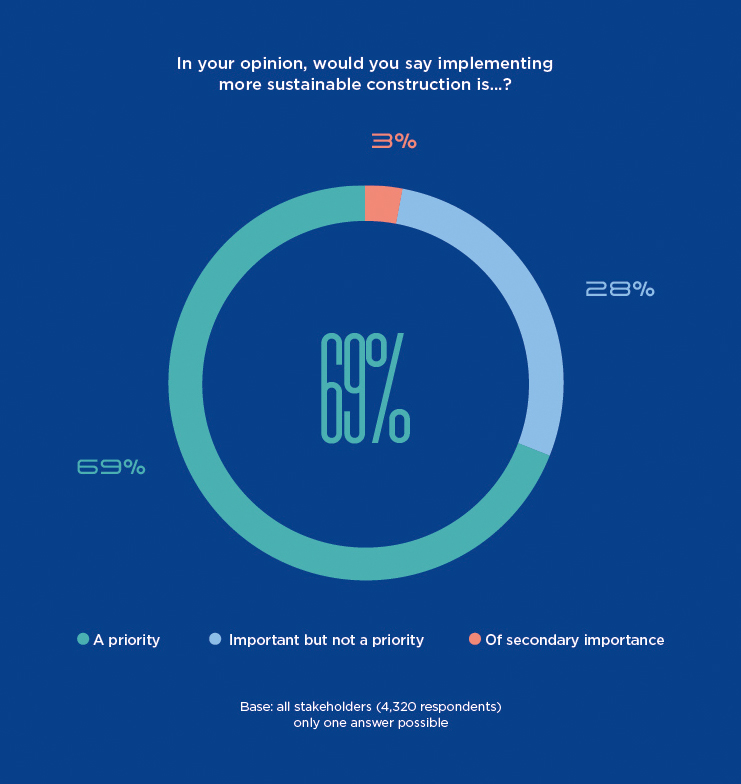
There is a strong feeling of urgency around implementing sustainable construction practices, with 69% of stakeholders viewing it as a priority. This stable result is further supported by responses from the general public, who are in agreement on the subject of sustainable construction: 60% see sustainable construction as a priority, while 95% see it as at least “important”. In addition, 67% of stakeholders state that they are familiar with the concept of sustainable construction, an increase of 6 points on last year’s results. The challenge now is to build on stakeholder and public awareness to achieve concrete action.

KEY LEARNING 2
Private actors are seen as the most legitimate driving force, though regional priorities differ
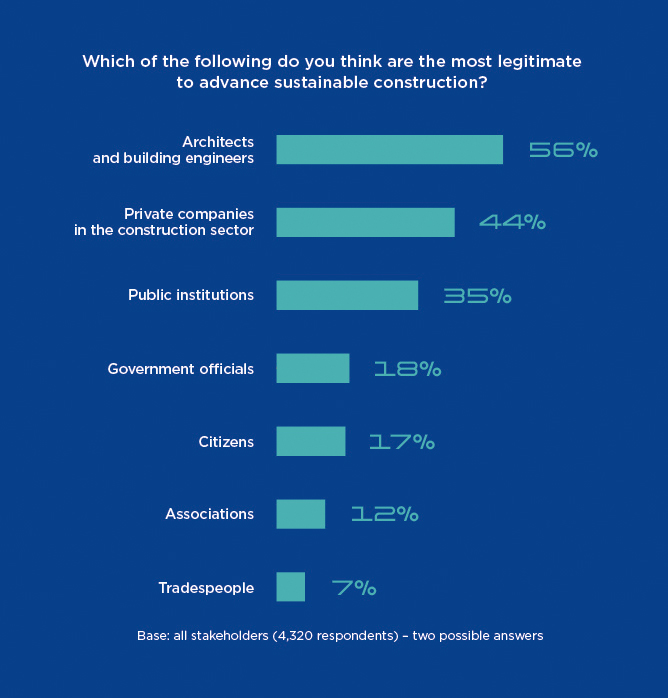
There is a general consensus that sustainable construction needs to be accelerated, with 87% of respondents saying that we “need to do more” in this area. Players involved in the design phase are seen as a crucial driving force for sustainable construction: according to 56% of stakeholder respondents, architects and engineering firms have the greatest legitimacy to lead the implementation of this transition, followed by private companies in the construction sector (44%).
However, there is a wide regional variation in priorities. In Asia-Pacific, Africa and the Middle East, adapting buildings to natural and climatic hazards is frequently stated as a concern, while in Latin America, the use of ecological materials is considered to be a key issue. In Europe, we see a particularly strong interest in building renovation, while the question of affordability is more prominent in North America. These regional differences highlight the need to adapt sustainable construction strategies to local conditions, while maintaining a strong global dynamic.

KEY LEARNING 3
Sustainable construction remains focused on the environment, but resilience is gaining ground, while residents’ well-being remains secondary
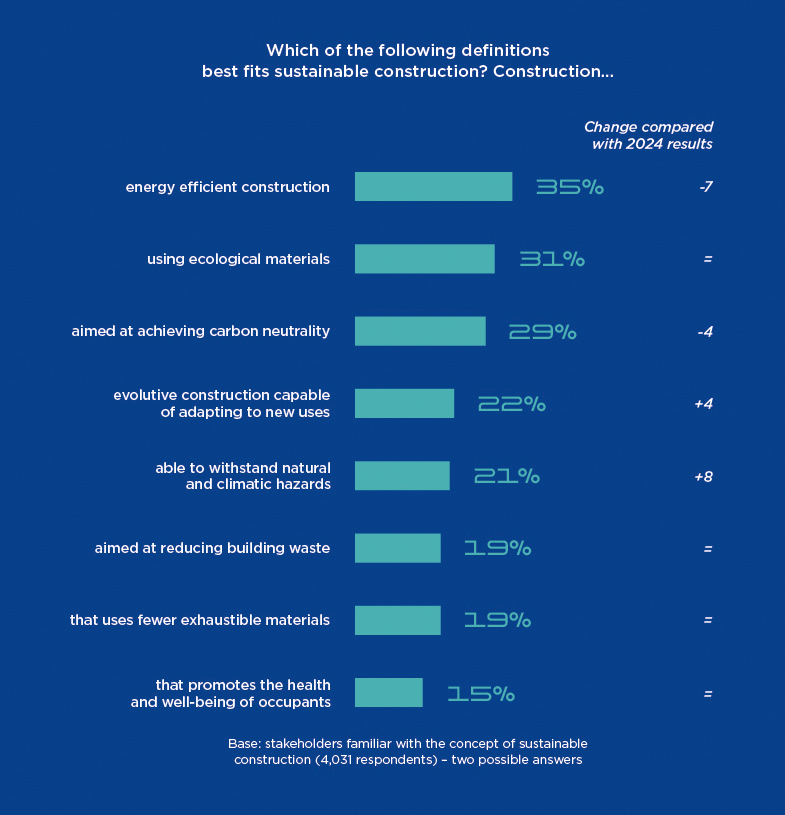
Stakeholder understanding of sustainable construction has improved, but respondents still primarily associate these practices with environmental issues. The main criteria used to define the concept remain the same: energy efficiency of buildings (35%, down 7 points) and the use of ecological materials (31%, stable). However, resilience to climatic events is increasingly seen as an important issue. This area presents the strongest increase on previous results, reaching 21% (up 8 points). The focus on resilience varies from region to region. Resilience is the main concern in Africa (35%) and Asia-Pacific (32%) and takes second place in the Middle East (33%), probably due to greater exposure to climatic challenges in these areas. Surprisingly, the “human” dimension of sustainable construction is still struggling to gain ground and remains a secondary concern. Only 15% of stakeholders associate sustainable construction with improved occupant well-being, despite its potential to drive acceptance and implementation.

KEY LEARNING 4
Well-informed but insufficiently trained stakeholders: an obstacle to concrete commitments?
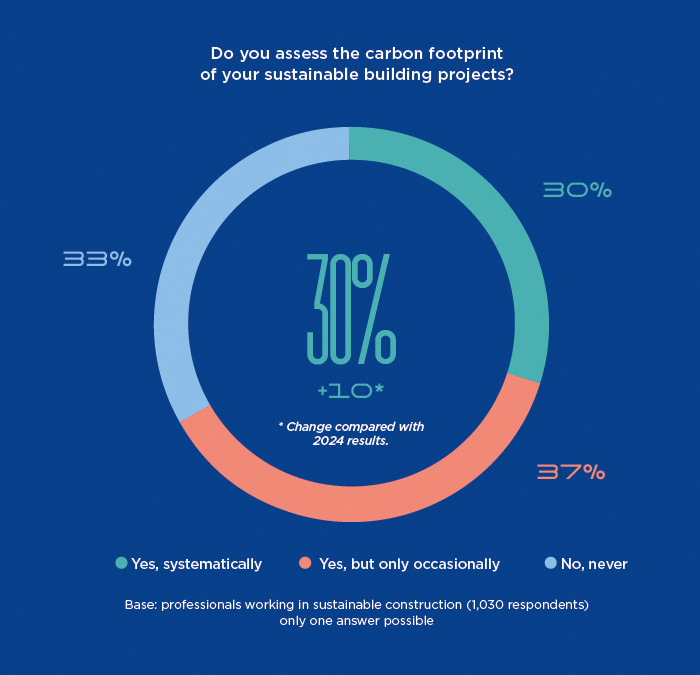
While stakeholders claim to be familiar with sustainable construction, only 28% feel they fully understand what it entails, and just 35% of professionals have received specialized training. This still limited proficiency in the subject may help explain the limited concrete commitments in the field. Also, 78% of students consider training in sustainable construction to be a differentiating factor in the job market, but only 40% would refuse an offer from a non-committed company (5% categorically). 67% of professionals say that they evaluate the carbon footprint of their sustainable construction projects, but only 30% do so systematically: this result, while better than last year, remains low. 51% of elected officials say they want to exclude from public construction contracts projects that do not take into account sustainable construction methods, but only 37% have actually taken action, which nonetheless represents an encouraging signal. Finally, associations are not being left behind: 51% would consider boycotting companies with an insufficient commitment to sustainable construction, although only 24% have actually done so: these results remain stable from last year. This intention-action gap highlights the difficulty in transforming awareness into concrete action.

FOCUS ON INNOVATION
What importance is attached to innovation in accelerating sustainable construction?
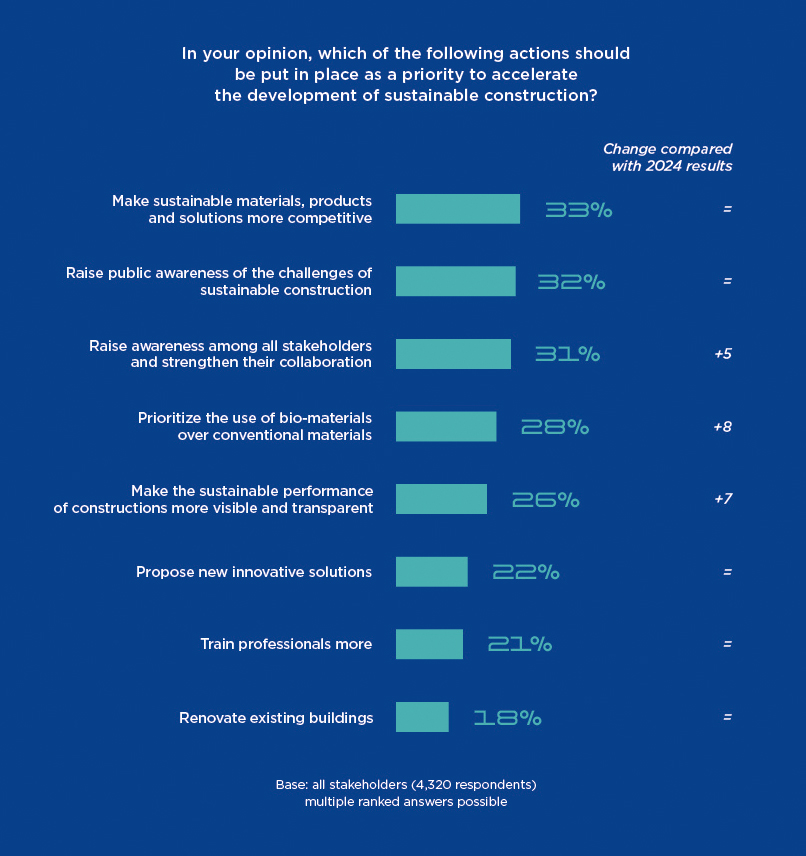
22% of stakeholders surveyed considered the introduction of new innovative solutions to be a priority to accelerate the development of sustainable construction. This action was ranked sixth, behind other priorities such as making sustainable solutions more competitive (33%), and raising awareness among the public (32%) and stakeholders (31%).
Discover the full 2025 Sustainable Construction Barometer here
(1) Methodology
The 2025 Sustainable Construction Barometer study was carried out between October 21, and November 21, 2024 among a sample of 4,320 individuals from 27 countries (Argentina, Brazil, Canada, China, Colombia, Czechia, Egypt, Finland, France, Germany, India, Indonesia, Italy, Mexico, Morocco, Norway, Poland, Portugal, Saudi Arabia, South Africa, Spain, Switzerland, Türkiye, United Arab Emirates, United Kingdom, United States and Vietnam).
This pool of stakeholders was made up of local elected representatives, professionals, students and members of associations involved in construction, building, the ecological transition, housing, energy, and related sectors.
A sample of 27,000 citizens (representative of their populations) was also consulted on four questions in the overall questionnaire.






